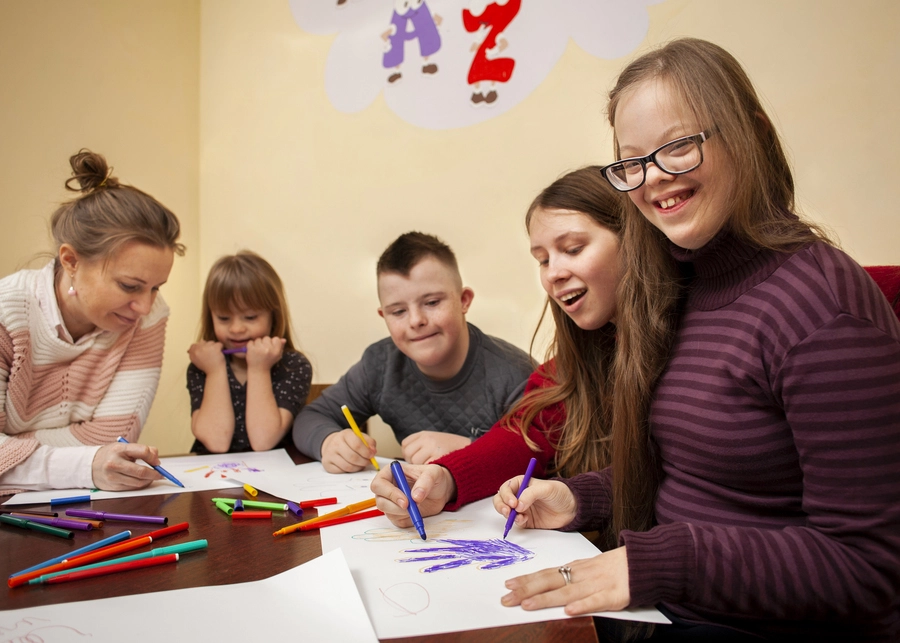In the realm of education, the inclusion of students with invisible disabilities remains a significant challenge, especially within the Australian educational system. Invisibility in this context refers to disabilities that are not immediately apparent, such as learning difficulties, mental health issues, and sensory impairments. These challenges, though less visible, can have a profound impact on a student’s learning experience and require thoughtful solutions to ensure equitable education for all. The first step towards inclusive education is acknowledging the presence and impact of invisible disabilities. It’s essential for educators and administrators to understand that not all disabilities are visible, and that students with invisible disabilities face unique challenges that need to be addressed. This requires a shift in perspective, where invisible disabilities are recognised and given the same attention as physical disabilities in the educational environment.
A major hurdle in this journey is the identification and diagnosis of invisible disabilities. Often, these disabilities go undetected, leading to students struggling in silence. Schools must implement robust screening processes and provide adequate support services, such as counselling and learning assistance, to identify and aid students with invisible disabilities.
Tailoring educational approaches to meet the diverse needs of students is another critical step. This can include differentiated instruction, where teaching methods and materials are adapted to cater to various learning styles and abilities. Additionally, providing assistive technologies and tools can help bridge learning gaps, especially for students with learning difficulties or sensory impairments.
Creating an inclusive classroom environment is more than just academic adjustments; it’s about fostering a culture of understanding and empathy. This involves training teachers and staff to recognise and sensitively address the needs of students with invisible disabilities. Peer education programs can also be effective, promoting an atmosphere of inclusion and respect among students. The role of parents and guardians in this process cannot be overlooked. They are often the first to notice signs of invisible disabilities in their children. Hence, establishing strong communication channels between schools and families is vital. This collaboration ensures that students receive consistent support both at school and at home.
In conclusion, the inclusion of students with invisible disabilities in the Australian educational system is a multifaceted challenge that demands a comprehensive approach. From recognition and diagnosis to tailored educational strategies and fostering an empathetic school culture, each step is crucial. By addressing these challenges with thoughtful solutions, we can move towards a truly inclusive educational system where every student, regardless of their disability, has the opportunity to thrive and succeed.
Check out our blog here and enjoy!

